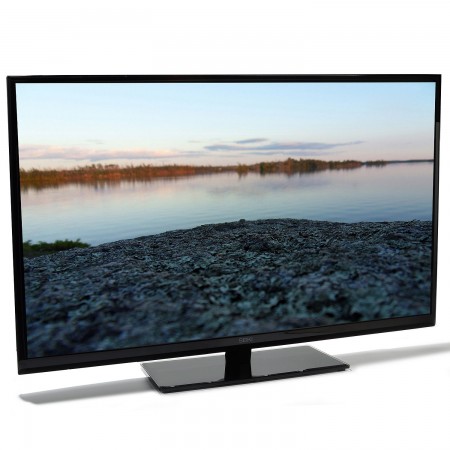Spring fever is in the air! Or is that NAB Fever? For people in the film, animation and broadcasting industry – it’s pretty much one in the same. Each April, Las Vegas is flooded with excitement, anticipation and speculation about what all of the manufacturers and related companies will unveil.
Let’s take a look at some of the most talked about items in the cinematography section of NAB 2013.
Black Magic 4K for $4K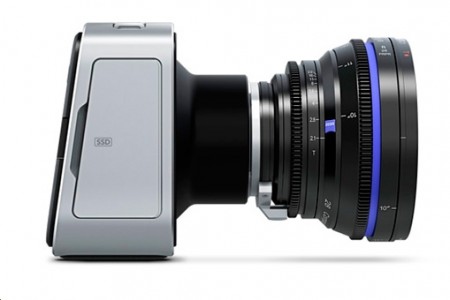
Although I’m still not a huge fan of the layout and ergonomics of the Black Magic Design cameras – this is a great benchmark for the industry. Affordable 4K resolution capture will overtake all prosumer and entry level cameras solidifying 4k as the new standard. RED predicted this back in 2006 or 2007 and released their first 4k camera shortly after. The rest of the industry is starting to catch up and make the change from 1080p to 4k. Don’t think you’ll see 4K near you anytime soon – check this list. There’s a lot more than you might expect. Expect to see a lot more low cost 4k cameras at NAB next year and every year following this one. The GoPro Hero 3 currently shoots 4k resolution timelapse at 10fps or 12fps; I’m sure that the Hero 4 model will offer 4K resolution in real time at the standard GoPro affordable pricing. Big stuff for the industry!
Movi by FreeFly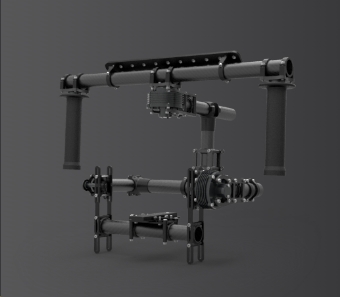
The internet recently exploded with a viral awareness of the Movi stabilization system from FreeFly with the help of Vincent La Foret’s evaluation and sample video. If you haven’t watched the videos, they’re definitely worth the time. After looking into what the system is and who the developers are, it all made sense… Before adding the Movi stabilizer to their list of product, FreeFly was making quadcopters, octocopters and drones for flying camera (and flying in general). Part of that industry was stabilized gimbal heads and in a very smart tactical move – they have adapted the same motion servo stabilizers used for the drone flyers to the handheld film industry. The system can handle a substantial payload and many of the prominent cinema cameras. Reports clock the Movi stabilizer system at $15K purchase price and also note that a $7K model designed for smaller cameras.
The downside to the system as I see it, is that it’s a minimum of a two person operation unless you have no desire to pan or tilt the camera. As seen in the demonstration video when the operators is running in circles around the camera – the camera’s orientation does not move. For many applications this is a double edged sword. Adding an extra operator to wirelessly control the pan and tilt axis of the camera’s orientation also adds another set of variables to executing your shot correctly. In many cases, the “go to” tool of use may remain to be the steadicam system.
Either way, FreeFly has my tip of the hat for creating another tool that the filmmaking community has the potential to utilize and nurture its creativity.
4K televisions
“Oh this will never happen; It’s always going to be 1080p”. I’ve heard this kind of talk countless times… but they’re here. Several manufacturers unveiled 4K televisions. Sony offers a 55inch ($5K) and 65inch ($7K) model as well as a 4k player ($700). Sure, that’s a bit pricey for a tv of that size – but initial technology launches are always that way. Remember how much BluRay players were when they first hit the market? Now they’re dirt cheap… This is how it goes. Give it a little bit of time and all the prices will drop.
OR you can check out the Seiki 50″ 4K tv being offered for $1,500 (seen for sale on some websites as low as $1,300). Gizmodo gave the Seiki 4k a thumbs up and we can see that the 4k tv movement will be rushing in pretty quickly with quality and pricing like this already emerging onto the marketplace.
Seiki 50″ 4K TV – on tigerdirect
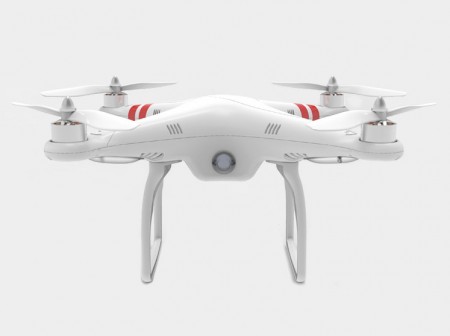 Aerial RC
Aerial RC
Cameras are taking flight with more and more developments in the aerial RC integration with the film industry. I use the term integration rather than development because people have been enjoying RC for decades and flying cameras (even heavy payload cinema cameras) is not new. However as these two industry intermingle more and more – they are being popularized quickly within the film community and the models, options, and price points reflect the benefits to consumers. Helio, Quadcopters, Octocopters and more are being offered as “ready to fly” packages or allowing the user to buy kits and build themselves. FilmTools now carries the DJI Phantom Quadcopter which is designed to work with the GoPro Hero cameras (Hero 1 + 2) and is ready to fly right out of the box for under $700. This kind of dynamic visual content has never been so readily available before. Other models and systems can run as high as $30K – but you get what you pay for including FPV monitoring (first person view), GPS fail safe systems, gyro stabilization, etc. Really, the sky is the limit (pun slightly intended). With each passing year of NAB, we should expect to see more models available to filmmakers at competitive price points.
DJI Phantom Quadcopter via FilmTools
6K RED Dragon Sensor
RED always generates a lot of justified excitement at NAB each year. 2013 was no exception. In addition to many useful accessories, RED launched the upgrade process for the 6K resolution RED Dragon Sensor. The new sensor’s max image area boasts a resolution of 6144 x 3160 and shooting up to 100fps at the full 6k resolution. The upgrade clocks in at $10K for RED Epic camera owners and RED has also announced two upgrade paths for RED Scarlet camera owners: either a 5K sensor upgrade for the Scarlet camera or a camera body upgrade to the Epic similar to the RED One trade-in program they offered at the release of the Epic.
Also, significant news from the RED camp is further developments into cooling fan algorithms for the cameras to maintain the cameras running cooler for longer with the release of an upcoming firmware build. Additionally, they have produced a top mounted fan system to add on to existing RED Epic and Scarlet cameras to further reduce the camera’s operating temperature. The cameras will run quietly and keep all departments happy – especially sound department. The fan upgrade kit clocks in at $450 for a set of two fan components (bottom mounted and top mount)
RED Epic Dragon Sensor Upgrade Information
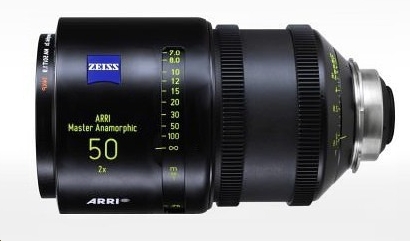 Arri/Zeiss Master Anamorphics
Arri/Zeiss Master Anamorphics
These lenses are enough to make almost any DP salivate. The set will contain focal lengths of 35, 40, 50, 60, 75, 100, 135mm – all opening up to T1.9. Check out the web page for more information. There’s no doubt that these lenses will be everything the industry has come to expect from Arri and Zeiss. I’m looking forward to renting this glass and having it on set.
Arri/Zeiss Anamorphic Prime info page
Phantom Flex 4k – 1,000fps
Vision Research has done it again and stepped up their game to the 4k standard. Their new model of the Phantom Flex will shoot up to 1,000 fps in 5 second bursts and 2,000 fps at 1080p resolution. It can record in uncompressed or RAW format. You can watch the prototype test footage shot by director Brendan Bellomo and cinematographer Greg Wilson. As exciting as any news related to the Phantom camera line, I definitely look forward to Vision Research getting some competition in the high speed camera market… Until then, Phantom reigns supreme.
Phantom Flex 4k camera data sheet
NAB is obviously a massive annual conference and there are so many more products that get released every year. The ones listed above are those that pique my interest the most. What are some of the products and developments you’re excited about that were released or announced at NAB? Post a comment below with any information, pictures or links and share in the conversation!


